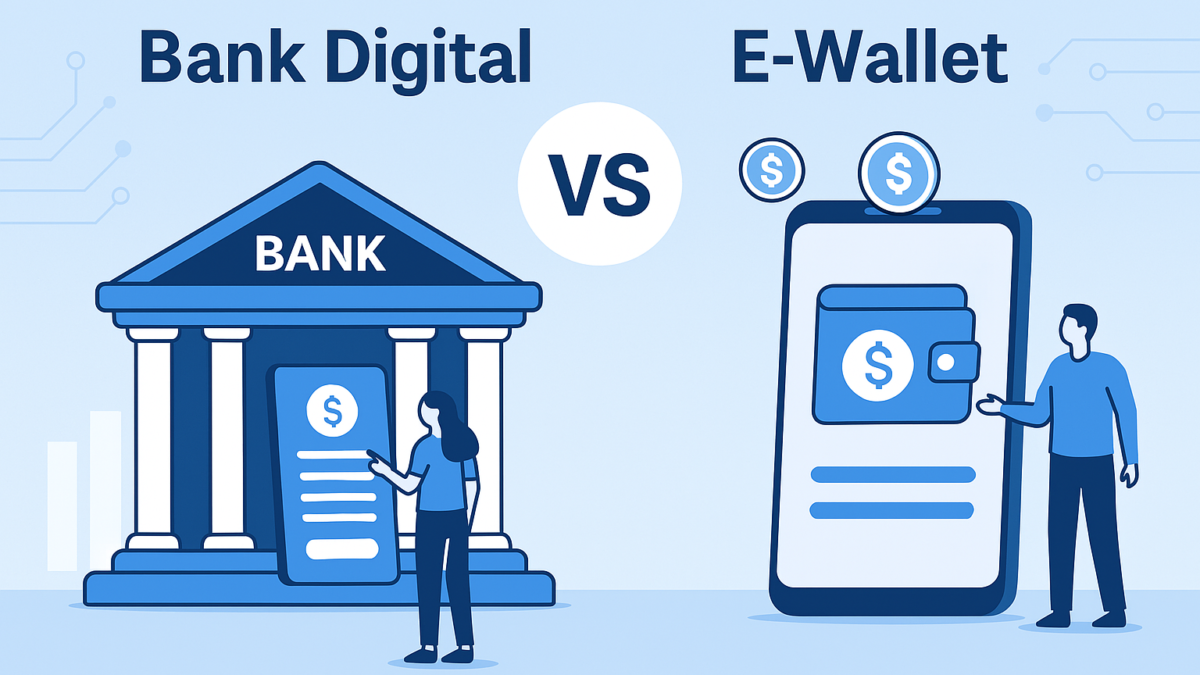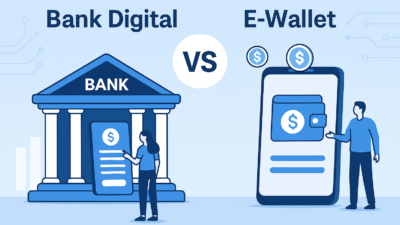
Overview
Subscription-based businesses are booming, offering predictable revenue streams and fostering customer loyalty. From streaming services to subscription boxes and software-as-a-service (SaaS), this model provides immense opportunities for entrepreneurs. However, launching a successful subscription business requires more than just a great idea—it demands careful planning and execution. This guide outlines the essential steps to launching a subscription-based business, with actionable advice to set you on the path to success.
Why Start a Subscription-Based Business?
Advantages:
- Predictable Revenue: Recurring payments provide consistent cash flow.
- Stronger Customer Relationships: Subscription models allow for ongoing engagement with your audience.
- Scalability: Once set up, you can easily scale by acquiring more subscribers.
- Higher Customer Lifetime Value (CLV): Subscriptions encourage longer-term customer retention.
Step 1: Identify Your Niche and Audience
Every successful business starts with identifying a problem to solve or a specific need to meet. For subscription businesses, focusing on a niche can make your offering more appealing and targeted.
How to Define Your Niche:
- Research Trends: Use tools like Google Trends and social media to spot emerging markets.
- Assess Market Gaps: Identify underserved audiences or unmet needs in existing industries.
- Define Your Ideal Customer: Create a detailed customer persona, including demographics, interests, and pain points.
Example: Instead of launching a generic fitness subscription, focus on a niche like at-home yoga classes for busy moms.
Step 2: Develop a Compelling Value Proposition
Your value proposition explains why customers should choose your subscription over competitors. It’s the heart of your business.
Key Elements of a Strong Value Proposition:
- Convenience: Does your subscription save customers time or effort?
- Cost Savings: Can subscribers access exclusive deals or avoid upfront costs?
- Unique Experience: What makes your offering different and desirable?
Example: A coffee subscription service might promise, “Fresh, locally sourced coffee delivered to your door, tailored to your taste preferences.”
Step 3: Choose a Subscription Model
Subscription businesses come in various forms. Choose a model that aligns with your product and audience.
Popular Models:
- Box Subscription: Deliver physical products (e.g., beauty boxes, meal kits).
- Access Subscription: Provide digital access to content (e.g., streaming services, e-learning).
- Service Subscription: Offer recurring services (e.g., virtual fitness classes, graphic design support).
- Membership Subscription: Build a community with exclusive perks (e.g., VIP access, discounts).
Pro Tip: Combine models for added value—e.g., a meal kit service that includes online cooking classes.
Step 4: Develop Your Pricing Strategy
Pricing can make or break your subscription business. It must reflect your value while remaining attractive to your target audience.
How to Determine Pricing:
- Benchmark Competitors: Study similar businesses in your niche to gauge acceptable pricing.
- Offer Tiers: Provide multiple pricing options to cater to different customer needs (e.g., basic, standard, premium).
- Test Your Prices: Use A/B testing to determine what resonates with your audience.
Example: A SaaS company might charge $10/month for a basic plan, $30/month for advanced features, and $50/month for enterprise tools.
Step 5: Build Your Platform
Your subscription business needs a reliable platform to manage customer sign-ups, payments, and content delivery.
Essential Features:
- User-Friendly Interface: Make it easy for customers to browse and subscribe.
- Payment Processing: Integrate secure payment options (e.g., Stripe, PayPal).
- Subscription Management: Allow customers to upgrade, downgrade, or cancel their plans easily.
- Analytics Dashboard: Track key metrics like churn rate and monthly recurring revenue (MRR).
Pro Tip: Platforms like Shopify, WooCommerce, or Subbly are great starting points for e-commerce subscriptions.
Step 6: Create and Deliver Value
Your product or service must consistently deliver value to retain subscribers and reduce churn.
How to Ensure Value:
- Personalization: Tailor offerings to individual customer preferences.
- Quality Control: Maintain high standards for your products or services.
- Regular Updates: Introduce new features, products, or content to keep subscribers engaged.
Example: A digital magazine might provide personalized article recommendations based on readers’ interests.
Step 7: Launch Your Marketing Strategy
A strong launch can set the tone for your subscription business’s success. Focus on creating awareness and driving sign-ups.
Marketing Tactics:
- Pre-Launch Campaigns: Build excitement through teasers, email sign-ups, or early-bird discounts.
- Social Media Marketing: Use platforms like Instagram and TikTok to showcase your offering with engaging visuals or videos.
- Influencer Partnerships: Collaborate with influencers to amplify your reach and credibility.
- Referral Programs: Encourage subscribers to refer friends by offering discounts or rewards.
Pro Tip: Use paid ads strategically to target specific demographics and test campaigns.
Step 8: Monitor Metrics and Optimize
After launch, tracking performance metrics will help you refine your offering and maximize growth.
Key Metrics to Track:
- Customer Acquisition Cost (CAC): How much does it cost to acquire each subscriber?
- Monthly Recurring Revenue (MRR): Total revenue generated from active subscribers each month.
- Churn Rate: The percentage of subscribers who cancel during a specific period.
- Customer Lifetime Value (CLV): The total revenue a subscriber generates over their relationship with your business.
How to Optimize:
- Address Churn: Use feedback surveys to identify reasons for cancellations and improve accordingly.
- Upsell Opportunities: Introduce add-ons or premium tiers to increase revenue.
- Engage Subscribers: Use email campaigns or in-app notifications to remind customers of your value.
Step 9: Scale Strategically
Once you’ve validated your subscription model, focus on scaling to reach a broader audience.
Scaling Strategies:
- Expand your offerings to new markets or niches.
- Partner with complementary brands for cross-promotions.
- Invest in advanced automation tools to handle increased demand efficiently.
Example: A fitness subscription might add international shipping or introduce new workout categories like dance or meditation.
Step 10: Foster Community and Loyalty
Loyal subscribers are the backbone of a sustainable subscription business. Focus on building relationships and rewarding loyalty.
How to Build Loyalty:
- Offer exclusive perks like early access to new products or VIP events.
- Create a community space where subscribers can interact (e.g., private Facebook groups or forums).
- Celebrate milestones, like anniversaries, with personalized messages or discounts.
Example: A meal kit service might host live cooking classes exclusively for long-term subscribers.
Final Thoughts
Launching a subscription-based business is an exciting opportunity to build recurring revenue and foster strong customer relationships. By following these essential steps—finding your niche, crafting a compelling value proposition, delivering consistent value, and scaling strategically—you can create a subscription model that thrives in today’s competitive market.
Remember, the key to success lies in understanding your audience and adapting to their needs. Start small, test your ideas, and grow steadily. Are you ready to turn your subscription business dream into reality? Let’s make it happen!















